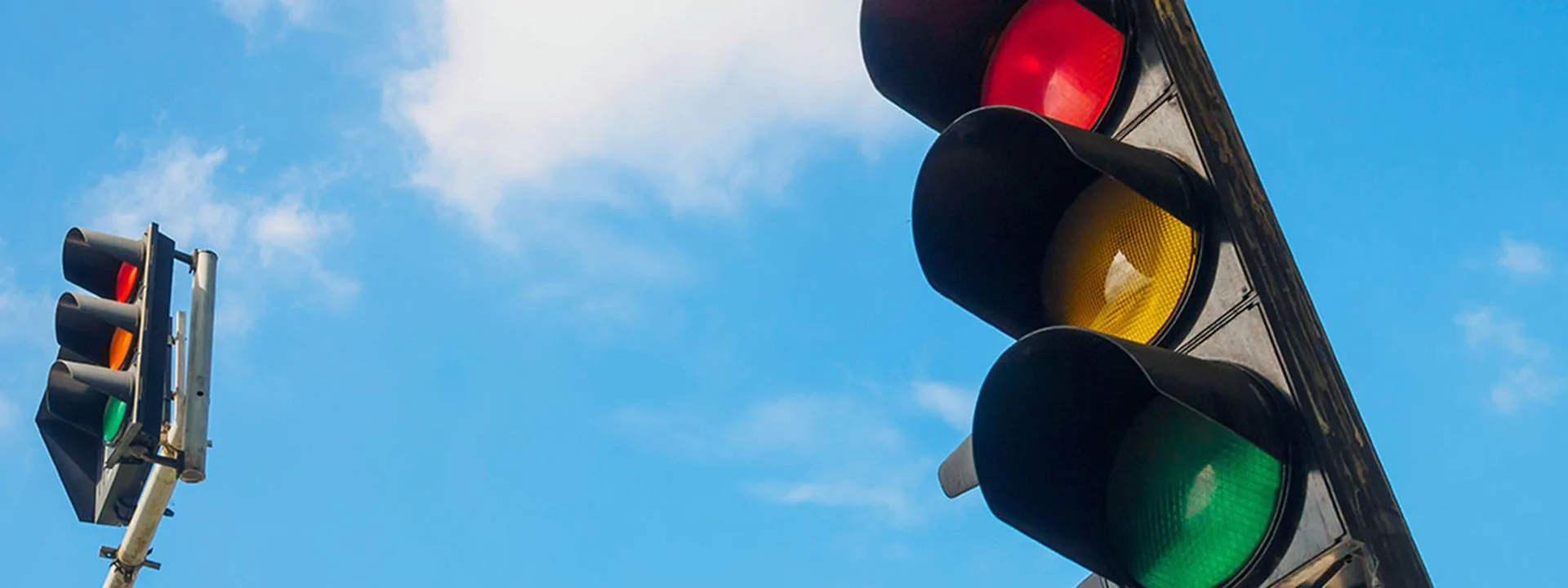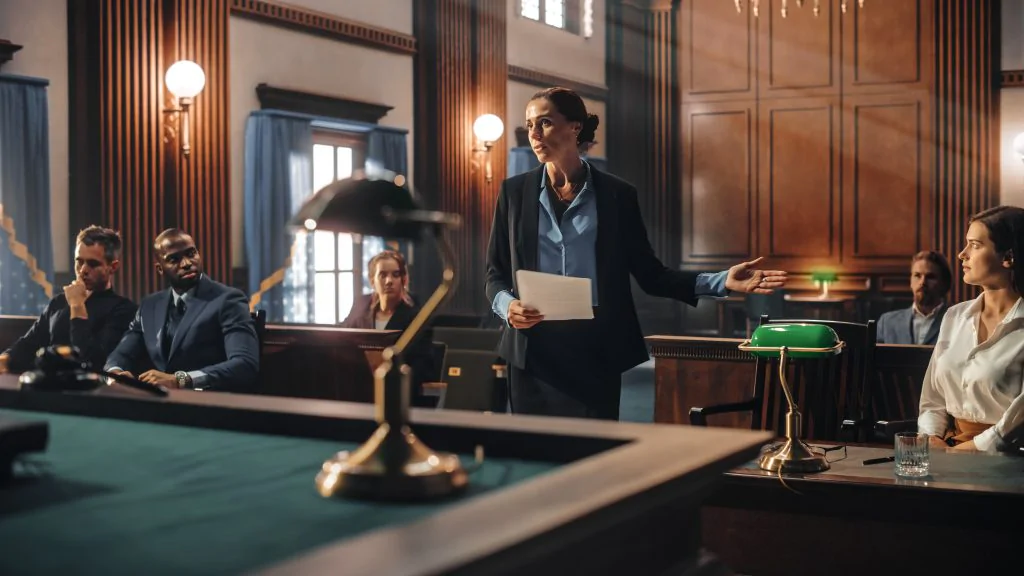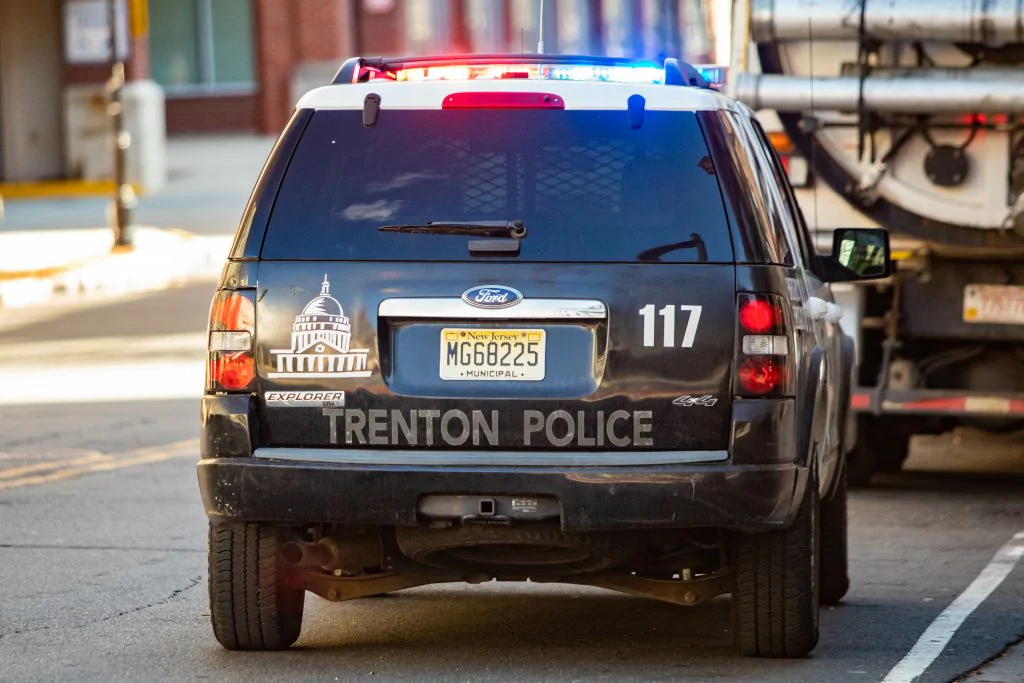Stoplight accidents in New York are common and deadly. This article will cover stoplight accident statistics, laws and legal options in New York State. The state’s intersection laws can be complicated, but understanding them is crucial when suing for injuries sustained in a stoplight accident caused by negligence. Here’s what to do if you’ve been in an accident involving a stoplight, and how to file a lawsuit if necessary.
Stoplight Accidents in New York: Statewide Statistics
Faced with a wave of cyclist and pedestrian fatalities, New York is constantly instituting new safety measures for its intersections. In fact, last year saw the highest death toll for bicyclists there in two decades.
Those who run red lights—and probably many of us have at one time or another—cause hundreds of deaths and tens of thousands of injuries each year, according to the nonprofit Insurance Institute for Highway Safety. In 2018, stop light accidents caused 846 fatalities across the country, and in nearly half of those cases, it was cyclists, pedestrians, and those in the other car struck by the lawbreaker who lost their lives.
Put in perspective, deaths from motorists running red lights reached a 10-year national high in 2017, according to a study released last year by the AAA Foundation for Traffic Safety. That’s 939 fatalities for disregarding stop lights in 2017 compared to 799 deaths in 2008—a spike of 18 percent. A good U.S. economy meant more road trips, but it’s no surprise that distracted driving is also to blame. Smartphones, internet, and entertainment devices are all making a play for the driver’s focus and dangerously winning.
The good news is that while not exempt from distracted driving or stoplight deaths, New York State has a better than average record in stop light fatalities. Stoplight fatalities in New York State declined 42 percent between 2008 (33 deaths) and 2017 (19). What’s a bit puzzling is why this happened.
Some traffic experts say the answer may lie in New York’s commitment to red-light cameras, which means tickets go out even without a police presence. New York City was the first in the country to have red-light cameras, beginning in December 1993. The movement has spread to Mount Vernon, Yonkers, New Rochelle, White Plains, Albany, and Nassau and Suffolk counties.
Red Lights and the Law
Most people don’t think of themselves as reckless drivers who would plow through a stoplight and endanger others, but the truth is many can recall racing through a red signal at some time. In fact, more than 42 percent of surveyed New York drivers confided they had run a light within the last month, and 3 percent admit it is a habit, according to NYC Department of Transportation’s 2018 report.
It is possible that drivers tend to pick and choose which rules of the road they follow, after years of driving on their own terms without consequence. Contrary to popular belief, an amber (yellow) signal is not meant to encourage drivers to speed up and “beat the red.” The amber is designed to give drivers obeying the speed limit enough time to get through the intersection unscathed or come to a safe stop. Speeding drivers may have no time to halt without risking a rear-end accident, so they feel compelled to race through yellow and then red lights. Add to the mix a smartphone to distract the driver – slowing effective reaction time – and it’s clear why stop light intersections are notorious for serious crashes.
Making a “Right On Red”
Because numerous accidents involving pedestrians and bicyclists occur at intersections, many cities also prohibit what’s known as a right on red. NYC severely restricts these turns and the otherwise common practice is banned in all five boroughs unless a sign says otherwise. Staten Island, where less traffic and fewer pedestrians lower intersection risk, is an exception. Not only are these turns prohibited in NYC, but there are several varieties of flashing arrows that have been installed to give pedestrians and cyclists an added layer of protection from turning cars.
Other Basic Intersection Traffic Rules
Pedestrians always have the right of way, whether they’re in front of your car or on adjacent crosswalks. The same goes for any vehicle already in the intersection when you approach, regardless of whether they are stopped or turning. If you intend to turn left at an intersection, across on-coming traffic, and you are not yet turning, green light or not, you must yield to approaching traffic and only turn when it is safe.
In NYC and other metro areas, laws also penalize drivers who cause gridlock at a stoplight intersection. The city makes an enormous effort to see that drivers only attempt to enter an intersection at a green light only if they can cross and fully exit the intersection. There is a potential $138 fine (as well as 2 license points) if you have blocked the box (a.k.a. intersection).
Smile, You’re on a Red Light Camera!
It’s impossible to talk about cracking down on those who run red-lights without giving a little more ink to New York’s non-human enforcer: red-light cameras. Fact: NYC handed out more than 4 million summonses to violators since 2007, and – as a direct result – many drivers are changing their ways. According to a 2018 NYC report, daily red-light violations saw a decline of over 75 percent on average from 1994 to 2017.
Fewer violations have meant fewer right-angle (T-bone) crashes, one of the most serious types of accidents because a broadside impact occurs where there is less protection of occupants by the mass of the vehicle itself. Significantly, these crashes are down over 71 percent, from 7,221 to 2,084 annually. This is saving lives with an over 83 percent reduction in severe injuries, down from 633 to 103 each year.
Red-light cameras can be found in each of the five boroughs, and the city’s hope is to cover more intersections in the future. (In 2018 statutory limits meant only 1 percent of the city’s 13,200 signalized intersections had a red-light camera.) According to the Insurance Institute of Highway Safety, the devices have reduced fatal crashes at red lights in large cities by 21 percent.
Who is at Fault in a Stop Light Accident?
The person that ran a stop light—for whatever reason—is typically the driver found legally responsible for causing the accident in court.
Although establishing fault matters, it isn’t the primary concern of the insurance companies that determine initial payout amounts for injuries. In no-fault states like New York, insurance companies will cover for bodily injuries regardless of who is to blame—that is unless the crash is linked to drugs, alcohol, or the commission of a crime.
If another driver is clearly responsible for an accident and insurance appears insufficient to cover losses by a victim, a law suit for negligence if possible. A successful case often depends on the following: Is there evidence the other driver breached his or her duty to handle his vehicle safely? Is there proof of a link between their actions and any injuries? Are damages clearly documented by medical bills and any claimed pain and suffering demonstrable?
Sometimes where the vehicle damage is located can help in establishing guilt, especially with right-angle accidents (broadside or T-bone accidents). When a driver runs a red light, there’s often noticeable damage on the front of their car, and on the side of the non-negligent driver’s car.
Since a T-bone crash can be open to interpretation, documentation of the event can be helpful in court. An injured driver should make an effort to get photos of cars at the crash-site showing any damage, gather the names and contact info of witnesses, and call police to the scene for an accident report. Delay can mean the loss of valuable evidence.
What to Do After a Crash
New York law requires drivers to report their accidents and wait for police or face possible hit-and-run charges. While at the scene, exchange essential information with the other motorist, including your driver’s license number, vehicle identification number, identity and the address of the car’s owner, and insurance information. While sharing all this with the other driver and police, however, be careful not to admit any blame or agree to pay damages. Remember, anything said to police could end up in the accident report and be used against you in court.
Share all the details gathered at the scene with your insurance carrier and make a claim prior to the 30-day deadline. One of your first calls also may be to a personal injury attorney, who may take the case on a contingency basis.
Filing a Report with the NY DMV
Under New York law, drivers also must file a report with the New York Department of Motor Vehicles in the event of injury, fatality, or property damage exceeding $1,000 for one motorist. To miss the 10-day deadline is to risk suspension of your license.
At some point, your damages— loss of income, medical bills, and disability—may surpass that covered by New York’s no-fault insurance, and settlement offers may fall short. (Note: New York’s no-fault liability limits are $25,000/$50,000 for injury, $50,000/$100,000 for fatality, and $10,000 for property damage.) Your attorney can help you choose the next step. While many lawsuits are decided before trial, your case could go to the Supreme Court of New York Civil Division, which decides auto negligence cases over $25,000. It’s clear that red-light accidents can have serious consequences for all involved.
Contact a New York Stop Light Lawyer
The right legal compensation could help improve your quality of life while injured, and aid in your recovery. Contact the expert car accident attorneys at Sobo & Sobo for a free consultation at 855-468-7626. The lawyers at Sobo & Sobo have over 50 years of experience winning cases for clients across the Hudson Valley and the Bronx, and helping them receive compensation for their damages including medical costs, lost wages, and pain and suffering.
Call: 855-468-7626, o, visit one of our New York or New Jersey office locations today.




